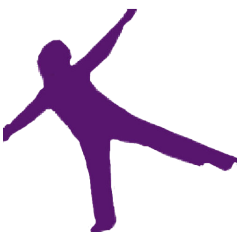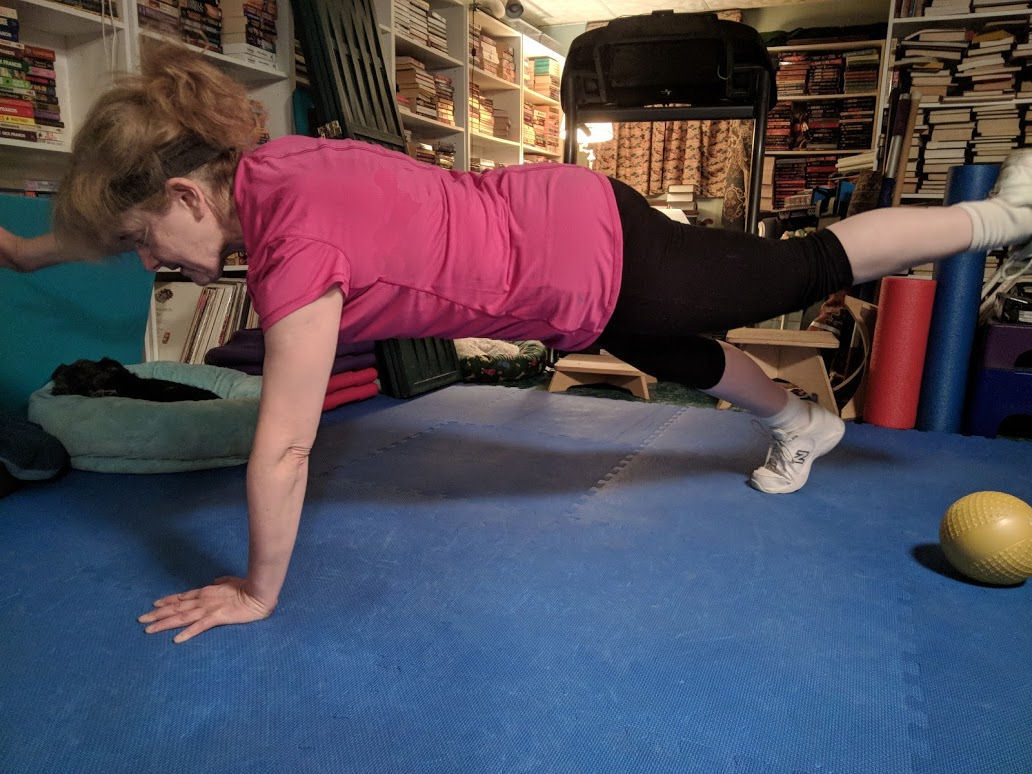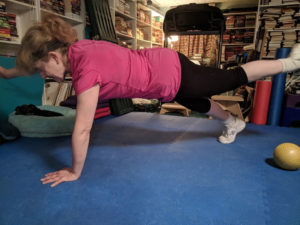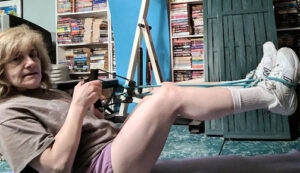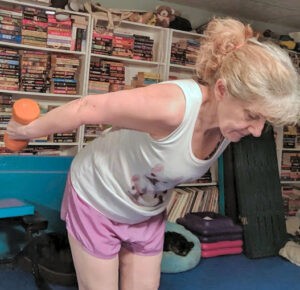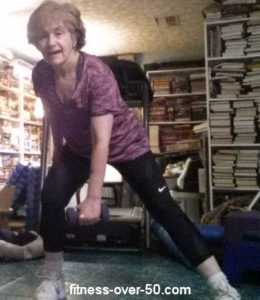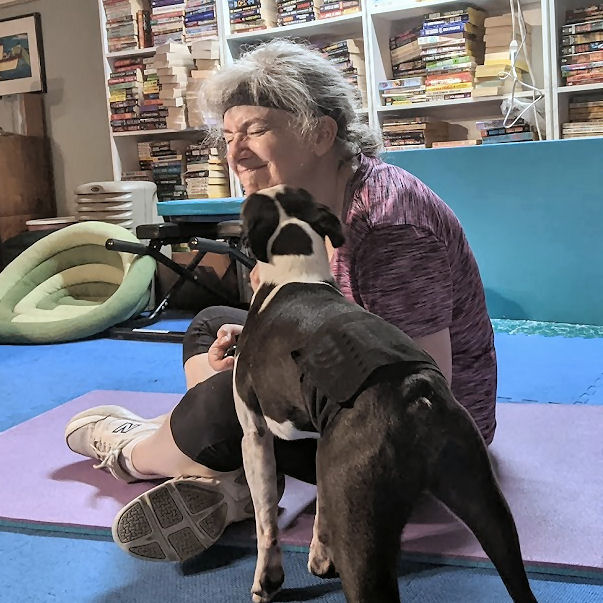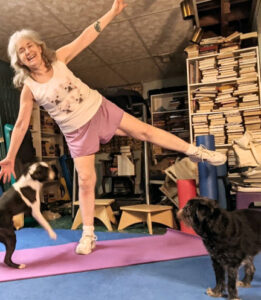This is for whatever it is you don’t want to do today. Don’t want to exercise? You don’t want to eat nutritious food? Or you don’t want to work on that project you’ve been putting off? I get it. Some days it’s all too tempting to stay under the covers, eat chocolate and chips and binge Emily in Paris or whatever show you’re into. But think about how you’ll feel tomorrow. And all the tomorrows after that if you don’t show up for yourself. It’s easier to not do the things. But those things will stay the way they are. You’re not going to get the benefits from exercise. Your body will not get the vitamins and minerals from the healthy food. And you’ll still have that project hanging over your head. Do it for your future self.
How your future self will feel
Think about how you want to feel in the future. For me, I want to feel no pain, or at least less pain. Also, to be able to stand tall and not hunched or with rounded shoulders will be good. I’d like my legs to be able to hold me up, and my core to be strong and stable to share the load. I want to breathe freely and not get winded when I walk. Does this sound good to you? For our healthy aging, this doesn’t seem to be an outrageous goal.
The food we eat is reflected on the outside
What goes into our bodies should be good for the outside as well. The food we consume has an affect on our bodies – inside and out. Our skin reflects the good nutrition that goes in. We feel better when we eat nutritious food. Of course, I’m not going to say no to a piece of good chocolate, but on the whole I try to maintain a healthy diet.
Working toward a goal keeps us resilient
When we work toward a goal, even just for a little bit every day, we’re being optimistic for the future. We’re happy when we have an objective. And creating achievable goals keeps us focused on that future. We want something to have happened to make a better future for ourselves. That’s what goal-making is about. And if you’ve set goals in the past but not achieved them, then download the Get It Done Guide. It’ll help. Seriously.
So keep on working toward goals. Exercise regularly. And eat good food. It will show in your future self.
